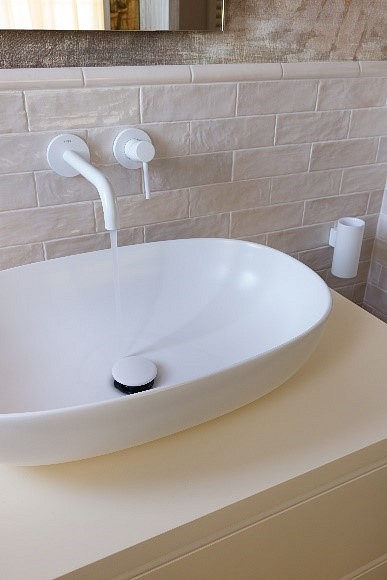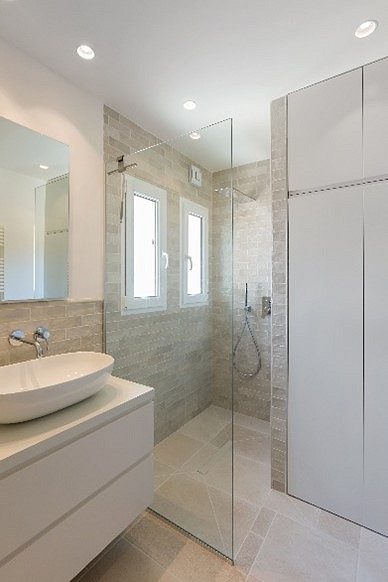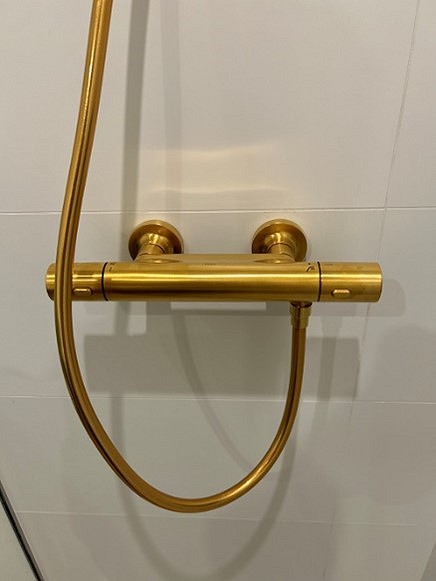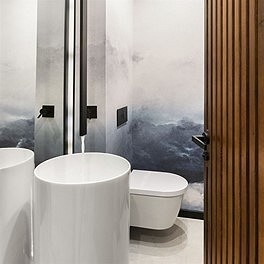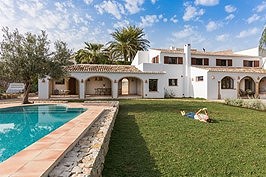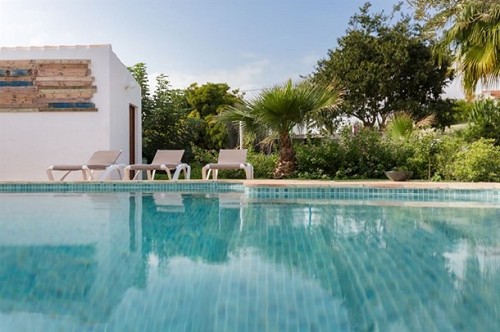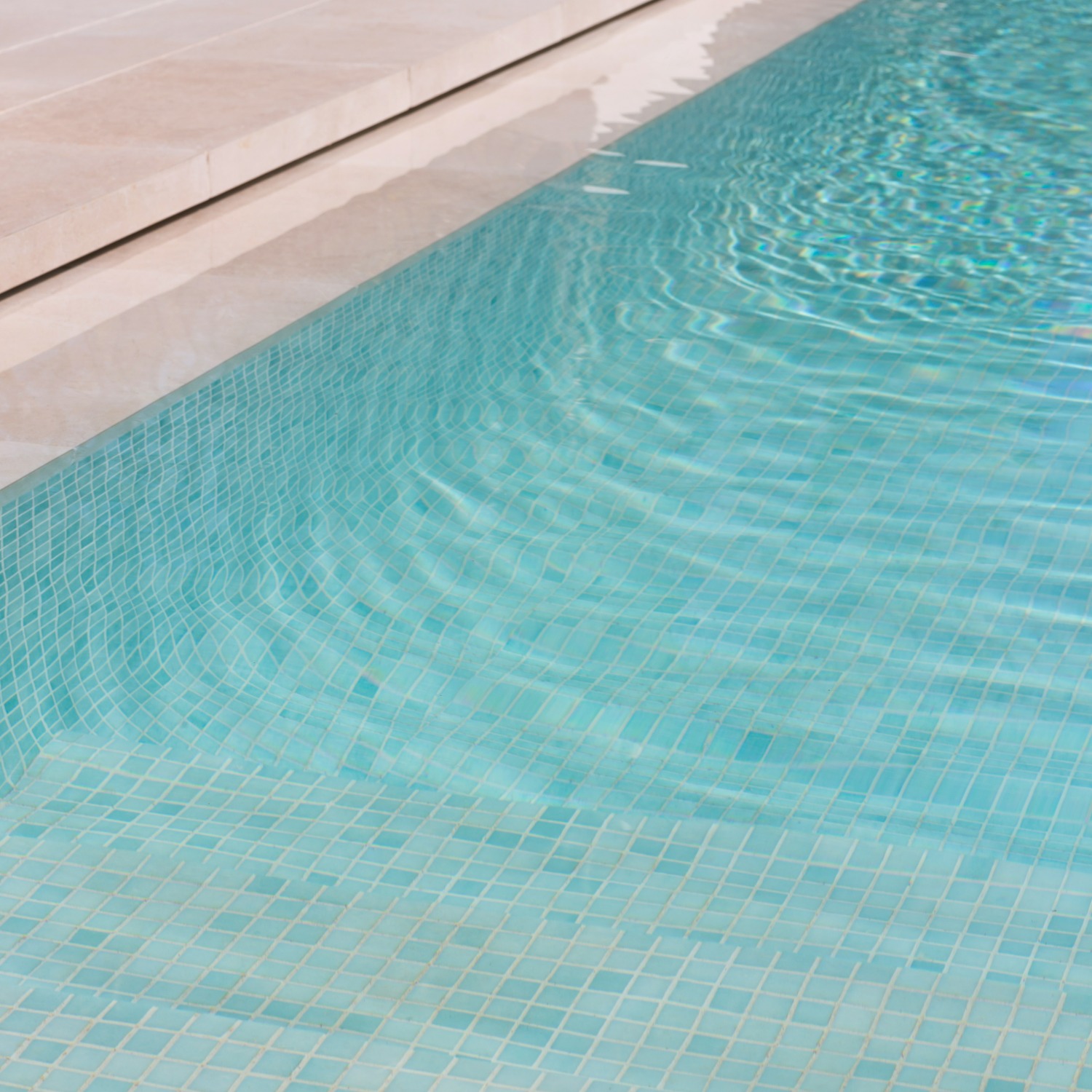
Water architecture: design and sustainability
Hello to all lovers of good design and sustainability! In this blog, we are going to talk about how architecture can help us face two major global challenges: climate change and water scarcity. With the growth of cities and increasing population, our water resources are more threatened than ever and are becoming scarce. Therefore, architecture and interior design must focus on promoting sustainability and saving water.
Many of the practices that architects and interior designers are implementing are based on the development of intelligent and innovative design. The current goal is to create spaces that are not only functional and aesthetically pleasing, but also environmentally friendly and promote efficiency and savings.
At Hoffmann Wehr, we are committed to sustainable development and the preservation of the environment. Here are some actions that can be incorporated into architectural design to contribute to this cause:
- Rainwater harvesting
Rainwater harvesting is an effective strategy that can be easily incorporated into new construction or renovation projects. This practice not only saves water, but also translates into economic savings for tenants. Can you imagine using rainwater to water your garden or clean outdoor areas? This is a perfect and sustainable option!
To achieve this, rainwater harvesting systems can be installed that direct the water into underground cisterns or above-ground tanks. This water can be used for tasks that do not require potable water, such as watering gardens, cleaning outdoor areas and filling toilets. By reducing the demand for potable water for these activities, not only water consumption is reduced, but also the pressure on urban water supply and treatment infrastructures is relieved.
- Energy-efficient fixtures and efficient plumbing
The choice of taps, toilets and showerheads cannot be based solely on aesthetics; they must be chosen consciously. Low-flow devices can significantly reduce water consumption in buildings. In addition, hot water recirculation systems are a marvel, as they decrease the time it takes for water to reach the desired temperature, improving efficiency without sacrificing quality or comfort.
Low-flow faucets and showerheads are designed to mix air with the water, maintaining adequate pressure while reducing the amount of water used. Dual-flush toilets offer options to use different volumes of water as needed, which can result in significant long-term savings. Hot water recirculation systems eliminate waiting for hot water, which also reduces waste (without sacrificing taste, quality, or user comfort).
- Development of sustainable landscaping:
When developing and designing outdoor areas of our home, one can opt for native and drought-resistant plant species that require less water resources, as well as efficient irrigation systems such as drip irrigation or soil moisture sensors that optimise water use and help reduce the amount of water.
- Sustainable design and smart technology:
In addition to simple water conservation or reduction, sustainable design includes a range of practices that minimise the environmental impact of buildings. Energy efficiency is one of the most important goals facing architecture today: insulating building materials, high-efficiency windows and advanced air conditioning systems can make our homes virtually passive to the rest of the planet, something we at Hoffmann Wehr like to develop and bring to our clients' attention.
As professionals in the sector, we love to design buildings to take advantage of the maximum amount of natural light and ensure cross ventilation to reduce dependence on artificial energy. We always try to prioritise the choice of recycled, locally sourced materials with low environmental impact, promoting the circular economy and reducing the carbon footprint through passive design principles: orientation, solar protection, thermal mass...
Smart technologies are becoming a necessity for the homes of the near future. Buildings that consider the entire life cycle, from construction to demolition. Integrating water management, consumption monitoring and leak detection systems that allow their owners to quickly detect and correct any problems that may arise over time, but to get to this point, it is important that we raise awareness of the importance of following these steps and pursuing a common sustainable future designed and created by all of us.
Sustainable Project in Development by Hoffmann Wehr
We are excited to share our project in development: a home with a design with a real commitment to sustainability and innovation: commitment to Passivhaus standards and the use of sustainable materials.
This project hopes to set a benchmark in the area, showing the positive impact of this type of construction. Take a look!: https://hoffmann-wehr.com/proyectos/construccion-vivienda-sostenible
At Hoffmann Wehr, we believe it is our duty to help those who wish to create a sustainable home. From the initial idea to the completion of the project, we support you every step of the way, delivering a functional, environmentally friendly and, of course, charming building. Let's embrace these strategies together to ensure a future in which natural resources are managed responsibly and sustainably!
Thank you for joining us on this journey towards a more sustainable and efficient design! If you have any questions or need more information, don't hesitate to contact us - we are here to help you build a better future, a project that is meaningful, healthy, sustainable and efficient at the same time! https://hoffmann-wehr.com/contacto

